The Galaxy S24 is dominating the eastern markets, but what's the competition?
We may earn a commission if you make a purchase from the links on this page.

In the realm of smartphones, Samsung's Galaxy S24 is currently the talk of the town, especially in the eastern markets. The latest flagship series has been a runaway success, breaking sales records in both its homeland, South Korea, and India.
With its powerful processor, sleek design, and impressive camera system, the Galaxy S24, Galaxy S24+, and Galaxy S24 Ultra have been popular choices among consumers in these regions. But what about the competition? What are the other top-selling flagship phones available in both countries and how does the S24 compare?
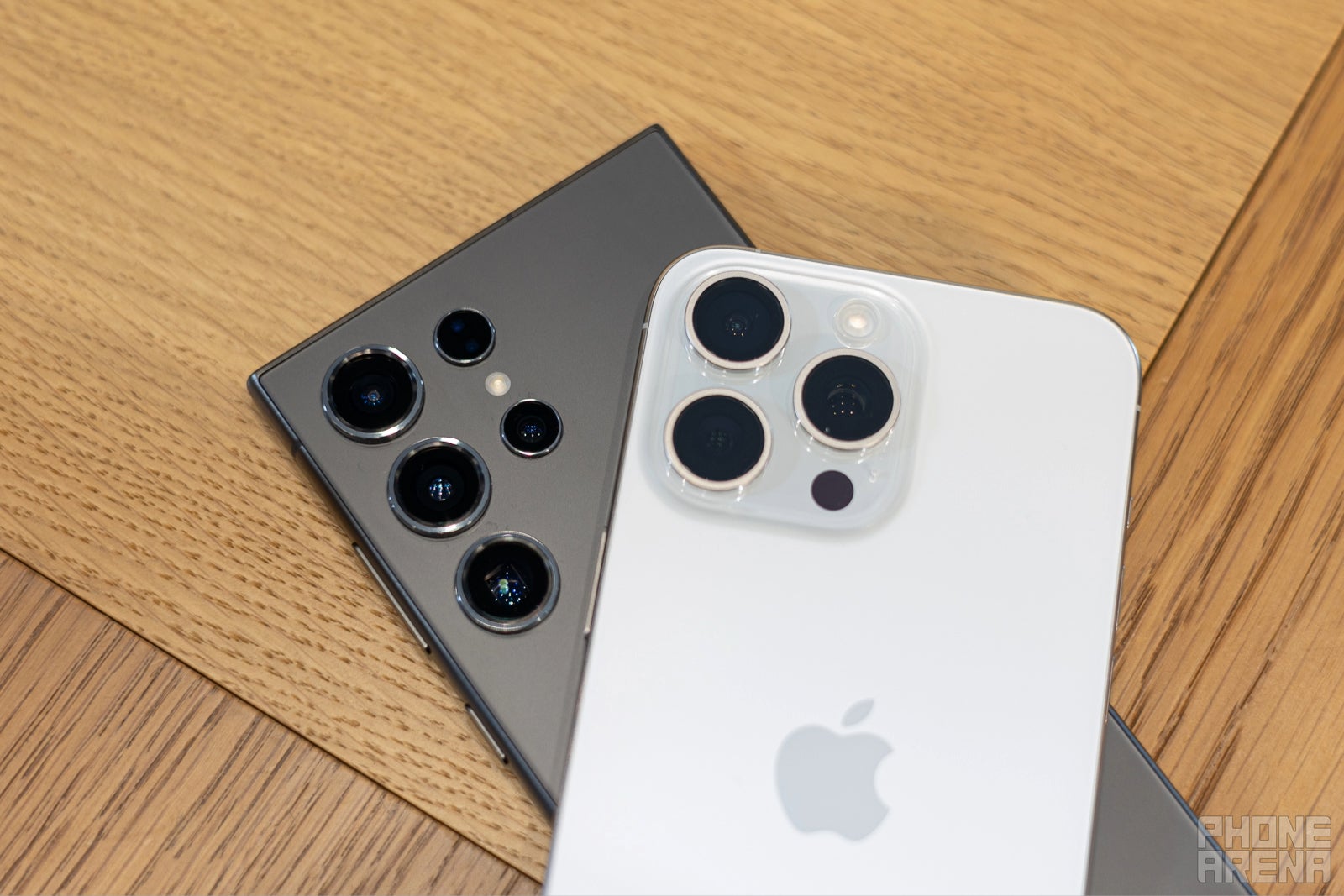
The launch of the Galaxy S24 series in Samsung's homeland, South Korea, was nothing short of spectacular. Recording 1.21 million pre-orders in just a week, the series outdid its predecessor, the Galaxy S23 series, signifying a solid year-over-year improvement. This soaring start, however, is not without competition.
Apple's iPhone 15 series, with its own set of innovative features and a strong market presence, saw a significant 41.9% rise in sales in South Korea compared to its predecessor. Yet, on paper, the Galaxy S24 seems to have an edge with features like a 3X telephoto camera and a display that's brighter and smoother, making the rivalry even more intense.
Check out our detailed analyses comparing the Galaxy S24 vs the iPhone 15, and also see how the high-end Galaxy S24 Ultra stacks up against the iPhone 15 Pro Max.
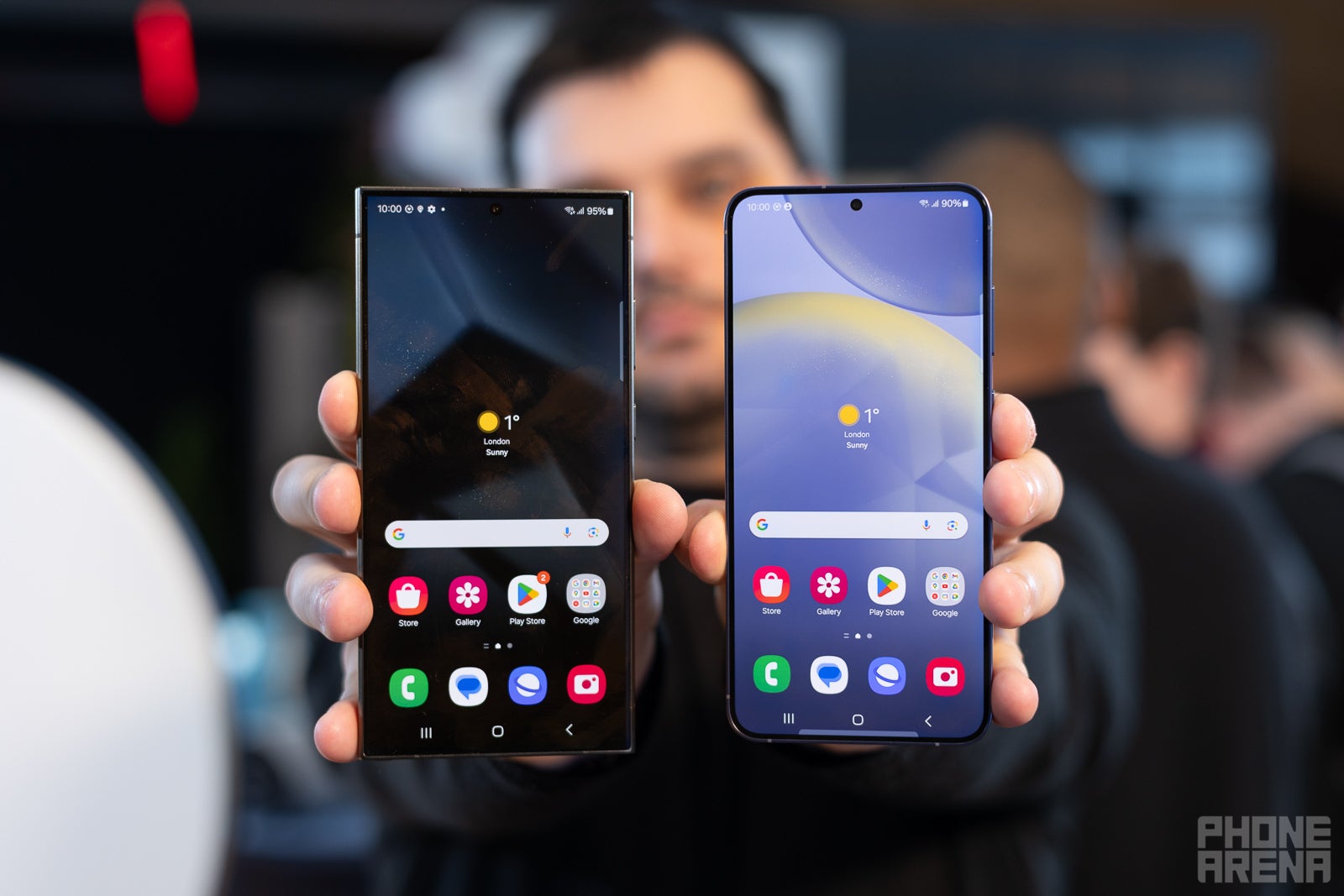
In India, the Galaxy S24's journey tells a different tale. With 250,000 pre-orders in just three days, the series outperformed its own past records. But the Indian market is a mosaic of brands and choices, with players like Apple, Xiaomi, Huawei, Oppo, vivo, and OnePlus, each bringing their unique offerings to the table.
The OnePlus 12, for instance, with its top-notch hardware, sleek design, and meticulous craftsmanship, truly embodies the brand's "Never Settle" ethos. Additionally, it boasts one of the brightest displays in the market today, with an impressive 4,500-nit peak brightness. As the Galaxy S24 Ultra sees a price increase, the OnePlus 12 emerges as a value-packed, reasonably priced alternative powered by the same flagship Snapdragon 8 Gen 3 chipset.
Vivo's recent entry into the Indian market with its X100 series, priced starting at $770, adds another layer to the competitive landscape, offering premium features at a more accessible price point. It shines through its camera setup, created in partnership with Zeiss. However, the presence of Chinese smartphone manufacturers in India isn't limited to Vivo and OnePlus.
With its powerful processor, sleek design, and impressive camera system, the Galaxy S24, Galaxy S24+, and Galaxy S24 Ultra have been popular choices among consumers in these regions. But what about the competition? What are the other top-selling flagship phones available in both countries and how does the S24 compare?
South Korea: A home ground success

Galaxy S24 Ultra and iPhone 15 Pro Max (Image Credit–PhoneArena)
The launch of the Galaxy S24 series in Samsung's homeland, South Korea, was nothing short of spectacular. Recording 1.21 million pre-orders in just a week, the series outdid its predecessor, the Galaxy S23 series, signifying a solid year-over-year improvement. This soaring start, however, is not without competition.
Check out our detailed analyses comparing the Galaxy S24 vs the iPhone 15, and also see how the high-end Galaxy S24 Ultra stacks up against the iPhone 15 Pro Max.
India: A complex battlefield

Image Credit–PhoneArena
In India, the Galaxy S24's journey tells a different tale. With 250,000 pre-orders in just three days, the series outperformed its own past records. But the Indian market is a mosaic of brands and choices, with players like Apple, Xiaomi, Huawei, Oppo, vivo, and OnePlus, each bringing their unique offerings to the table.
Vivo's recent entry into the Indian market with its X100 series, priced starting at $770, adds another layer to the competitive landscape, offering premium features at a more accessible price point. It shines through its camera setup, created in partnership with Zeiss. However, the presence of Chinese smartphone manufacturers in India isn't limited to Vivo and OnePlus.
Huawei is also making significant strides, especially with its Huawei Mate 60 Pro, which reportedly made a remarkable impact, selling 1.6 million units within just six weeks. What makes it stand out is that it offers satellite connectivity. This means you can make calls or send messages in places where there's no regular cellular network available.
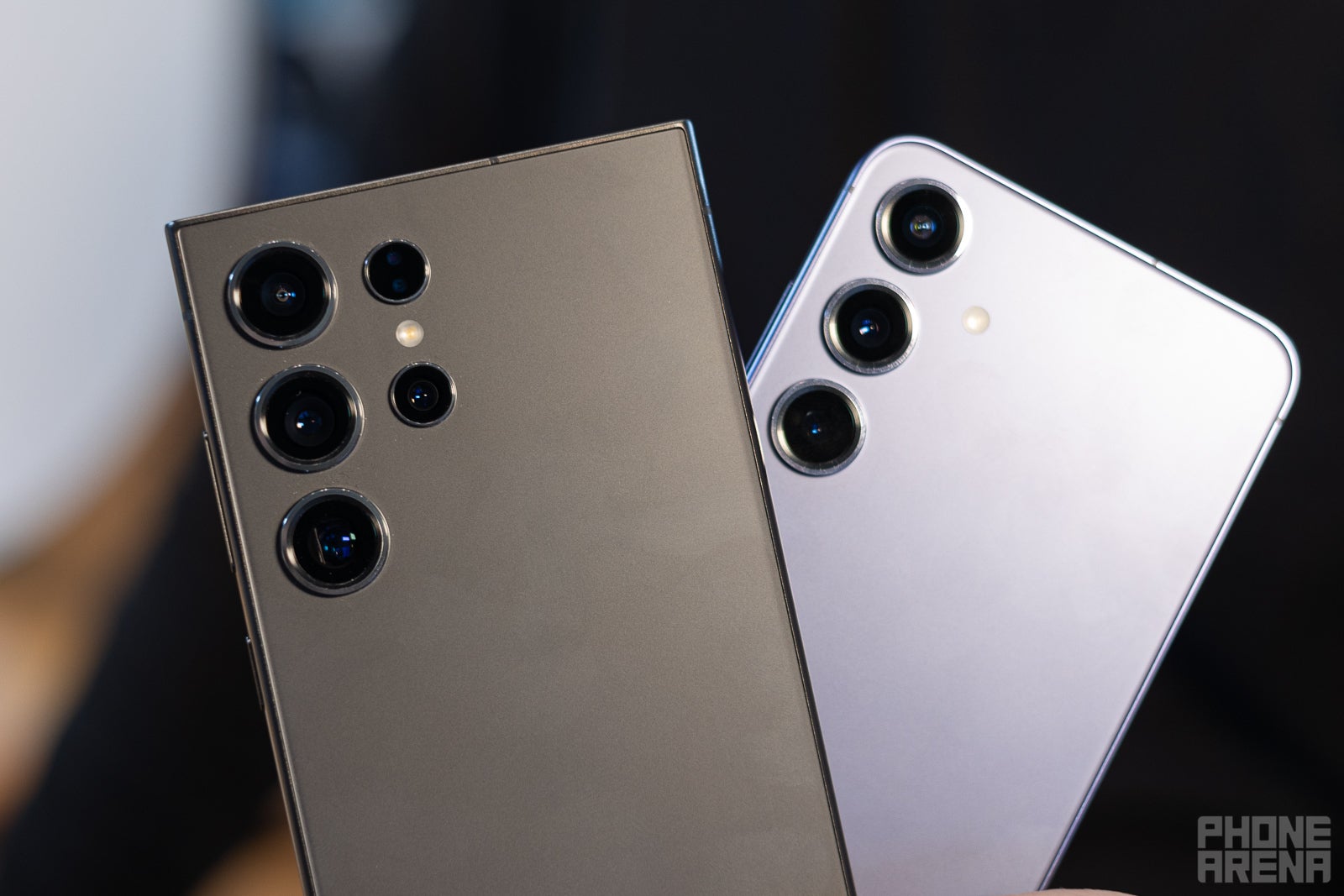
While the competition is stiff, several factors contribute to the Galaxy S24's dominance in these markets. Samsung's longstanding market presence and robust marketing strategies give it the upper hand. Additionally, the promise of seven years of OS and security updates makes the Galaxy S24 an attractive investment for the long term, a benefit that its competitors are yet to match.
Moreover, the advent of AI in smartphones has become a game-changer, and Samsung is at the forefront of this revolution. The Galaxy S24's AI capabilities, with features like live translation during calls and AI-powered photography tools, set it a class apart, offering functionalities that are yet to be matched by its rivals in the market.
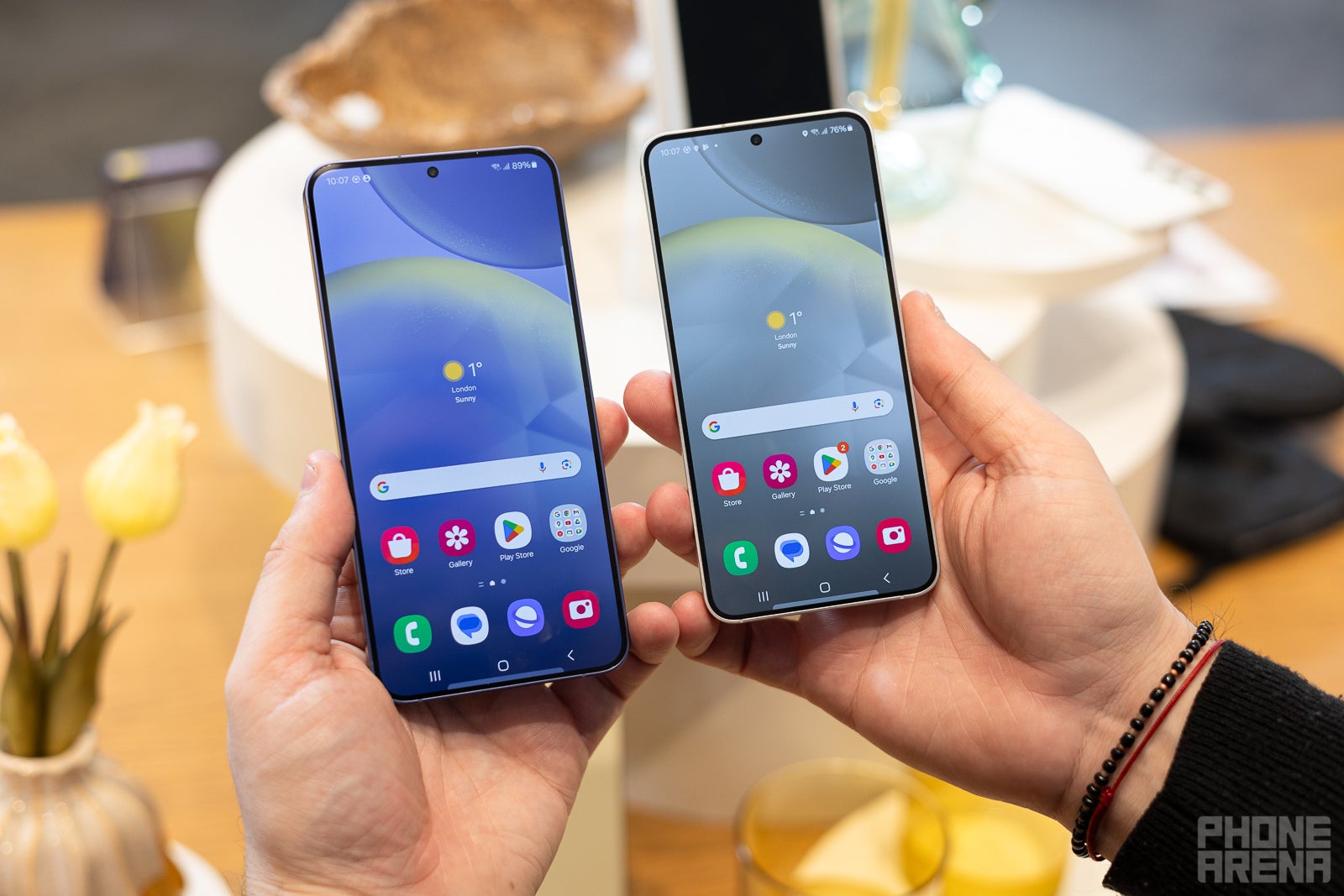
The success of the Galaxy S24 in Eastern markets is a testament to Samsung's innovative spirit and understanding of consumer needs. While it continues to face robust competition, its unique blend of advanced technology, long-term support, and AI integration positions it favorably.
These days, the smartphone wars are not just about hardware, as most flagships share similar performance. They are about creating an ecosystem where technology meets everyday life in the most seamless and intuitive ways possible.
Also, Oppo is about to enter the market soon with its Find X7 Ultra, which seems poised to give the Galaxy S24 Ultra a run for its money, especially when it comes to camera zoom capabilities. The Find X7 Ultra takes the lead as the first smartphone to introduce a dual periscope zoom system, equipped with 50MP sensors, regardless of whether you opt for the 6x or 3x periscope lens.
If you're curious about how some of these phones compare, take a look below for a detailed comparison.
|
|
|
|
| Samsung Galaxy S24 Ultra | vivo X100 Pro | OPPO Find X7 Ultra |
Design
| Dimensions | ||
|---|---|---|
| 6.39 x 3.11 x 0.34 inches (~0.37 inches with camera bump) 162.3 x 79 x 8.6 mm (~9.5 mm with camera bump) |
6.46 x 2.96 x 0.35 inches 164.1 x 75.3 x 8.9 mm |
6.47 x 3.00 x 0.37 inches (~0.57 inches with camera bump) 164.3 x 76.2 x 9.5 mm (~14.60 mm with camera bump) |
| Weight | ||
| 8.22 oz / 233.0 g | 7.80 oz / 221.0 g | 7.80 oz / 221.0 g |
| Materials | ||
| Back: Glass (Corning Gorilla Glass Armor) Frame: Titanium |
Back: Glass (Corning Gorilla Glass) Frame: Aluminum |
|
| Resistance | ||
| Water, Dust; IP68 | Yes; IP68 | Yes; IP68 |
| Biometrics | ||
| Ultrasonic in-screen fingerprint | Optical in-screen fingerprint | Optical in-screen fingerprint |
| Features | ||
| Stylus | ||
| Keys | ||
| Right: Volume control, Lock/Unlock key | Right: Volume control, Lock/Unlock key | |
| Colors | ||
| Titanium Black, Titanium Gray, Titanium Violet, Titanium Yellow, Titanium Blue, Titanium Green, Titanium Orange | Black, White, Blue, Orange | Black, Dark Blue, Light Brown |
Display
| Size | ||
|---|---|---|
| 6.8-inch, 89.12% screen-to-body | 6.8-inch, 90.90% screen-to-body | 6.8-inch, 90.27% screen-to-body |
| Type | ||
| Dynamic AMOLED, 120Hz, HDR, 2600 nits | AMOLED, 120Hz, 3000 nits | AMOLED, 120Hz, HDR, 4500 nits |
| Resolution | ||
| 3088x1440px, 19.5:9 ratio, 501 PPI | 2800x1280px, 20:9 ratio, 454 PPI | 3168x1440px, 20:9 ratio, 510 PPI |
| Protection | ||
| Corning Gorilla Glass Armor | Corning Gorilla Glass Victus 2 | |
| Features | ||
| HDR support, Dolby Vision, Scratch-resistant glass, Ambient light sensor, Proximity sensor | ||
Hardware
| System chip | ||
|---|---|---|
| Snapdragon 8 Gen 3 SM8650-AB (4 nm) | MediaTek Dimensity 9300 MT6989 (4 nm) | Snapdragon 8 Gen 3 SM8650-AB (4 nm) |
| Processor | ||
| Octa-core 1x3.39GHz Cortex-X4 5x3.1GHz Cortex-A720 2x2.2GHz Cortex-A520 |
Octa-core 1x3.25GHz Cortex-X4 3x2.85GHz Cortex-X4 4x2.0GHz Cortex-A720 |
Octa-core 1x3.3GHz Cortex-X4 5x3.2GHz Cortex-A720 2x2.3GHz Cortex-A520 |
| GPU | ||
| Adreno 750 | Immortalis-G720 MC12 | Adreno 750 |
| Memory | ||
| 12GB (LPDDR5X)/256GB (UFS 4.0) 12GB/512GB 12GB/1024GB |
12GB/256GB (UFS 4.0) 16GB/256GB 16GB/512GB 16GB/1024GB |
12GB/256GB (UFS 4.0) |
| Storage expansion | ||
| not expandable | not expandable | not expandable |
| OS | ||
| Android (14), up to 7 OS updates | Android (14) | Android (14) |
Battery
| Type | ||
|---|---|---|
| 5000 mAh, Li - Ion | 5260 mAh | 5000 mAh |
| Charging | ||
| Fast charging Qi wireless charging, Reverse wireless charging |
Fast charging Qi wireless charging, Reverse wired charging | Fast charging Qi wireless charging, Reverse wired charging |
| Charge speed | ||
| Wired: 45.0W Wireless: 15.0W |
Wired: 100.0W Wireless: 50.0W | Wired: 100.0W Wireless: 50.0W |
Camera
| Rear | ||
|---|---|---|
| Quad camera | Triple camera | Quad camera |
| Main camera | ||
| 200 MP (OIS, Laser and PDAF) Sensor name: Samsung ISOCELL HP2 Aperture size: F1.7 Focal length: 24 mm Sensor size: 1/1.3" Pixel size: 0.6 μm |
50 MP (OIS, Laser autofocus) Aperture size: F1.8 Focal length: 26 mm |
50 MP (OIS, Laser and PDAF) Aperture size: F1.8 Focal length: 23 mm Sensor size: 1" Pixel size: 1.6 μm |
| Second camera | ||
| 12 MP (Ultra-wide, PDAF) Sensor name: Sony IMX564 Aperture size: F2.2 Focal Length: 13 mm Sensor size: 1/2.55" Pixel size: 1.4 μm |
50 MP (Ultra-wide) Aperture size: F2.0 Focal Length: 15 mm Sensor size: 1/2.76" |
50 MP (Ultra-wide, PDAF) Aperture size: F2.0 Focal Length: 14 mm Sensor size: 1/1.9'' Pixel size: 1 μm |
| Third camera | ||
| 10 MP (Telephoto, OIS, PDAF) Sensor name: Sony IMX754 Optical zoom: 3.0x Aperture size: F2.4 Focal Length: 67 mm Sensor size: 1/3.52" Pixel size: 1.12 μm |
50 MP (Telephoto, Periscope) Optical zoom: 4.3x Aperture size: F2.5 Focal Length: 100 mm Sensor size: 1/2" |
50 MP (Telephoto, Periscope, OIS, PDAF) Optical zoom: 6.0x Aperture size: F4.3 Focal Length: 135 mm Sensor size: 1/2.51" |
| Fourth camera | ||
| 50 MP (Telephoto, Periscope, OIS, PDAF) Sensor name: Sony IMX854 Optical zoom: 5.0x Aperture size: F3.4 Focal Length: 111 mm Sensor size: 1/2.52" Pixel size: 0.7 μm |
50 MP (Telephoto, Periscope, OIS, PDAF) Optical zoom: 2.8x Aperture size: F2.6 Focal Length: 65 mm Sensor size: 1/1.56" |
|
| Flash | ||
| LED | LED | LED |
| Video recording | ||
| 8K UHD (30 fps), 4K UHD (120 fps), 1080p (240 fps) HDR, Continuous autofocus, Picture-taking during video recording |
8K UHD, 4K UHD, 1080p | 4K UHD (60 fps) |
| Front | ||
| 12 MP (PDAF, HDR) Video capture: 4K UHD (60 fps) | 32 MP | 32 MP (Autofocus) Video capture: 4K UHD (60 fps) |
Connectivity & Features
| Bluetooth | ||
|---|---|---|
| 5.3 | 5.4 | 5.4 |
| WLAN | ||
| Wi-Fi 6,Wi-Fi 6E,Wi-Fi 7,tri-band Wi-Fi Direct, Hotspot 802.11 ax | a,b,g,n,ac,Wi-Fi 6,Wi-Fi 7 Wi-Fi Direct, Hotspot 802.11 a, b, g, n, ac, ax | a,b,g,n,ac,Wi-Fi 6,Wi-Fi 6E,Wi-Fi 7,dual-band,tri-band Wi-Fi Direct, Hotspot 802.11 a, b, g, n, ac, ax |
| USB | ||
| Type-C, USB 3.2 | Type-C, USB 2.0 | Type-C, USB 3.2 |
| Sensors | ||
| Accelerometer, Gyroscope, Compass, Barometer, Ambient light sensor, Proximity sensor | Accelerometer, Gyroscope, Compass, Ambient light sensor, Proximity sensor | Accelerometer, Gyroscope, Compass, Emergency SOS via satellite (SMS sending/receiving), Ambient light sensor, Proximity sensor |
| Hearing aid compatible | ||
| M3/T4 | ||
| Location | ||
| GPS, A-GPS, Glonass, Galileo, BeiDou, Cell ID, Wi-Fi positioning | GPS, A-GPS, Glonass, Galileo, BeiDou, QZSS, NavIC, Cell ID, Wi-Fi positioning | GPS, A-GPS, Glonass, Galileo, BeiDou, QZSS, Cell ID, Wi-Fi positioning |
| Other | ||
| NFC, Ultra Wideband (UWB) | NFC, Infrared | NFC, Infrared |
Multimedia
| Headphones | ||
|---|---|---|
| No 3.5mm jack | No 3.5mm jack | No 3.5mm jack |
| Speakers | ||
| Earpiece, Multiple speakers | Earpiece, Multiple speakers | Earpiece, Multiple speakers |
| Features | ||
| aptX, aptX-HD | ||
| Screen mirroring | ||
| Wireless screen share | ||
| Additional microphone(s) | ||
| Noise cancellation | ||
Cellular
| 5G Bands | ||
|---|---|---|
| n1, n2, n3, n5, n7, n8, n12, n20, n25, n28, n38, n40, n41, n66, n75, n77, n78, SA, NSA, Sub-6, mmWave | n1, n3, n5, n8, n28, n38, n40, n41, n77, n78, SA, NSA | n1, n2, n3, n5, n7, n8, n20, n28, n38, n40, n41, n66, n77, n78, n79, SA, NSA |
| LTE Bands | ||
| 1, 2, 3, 4, 5, 7, 8, 12, 13, 17, 18, 19, 20, 25, 26, 28, 32, 66 | 1, 2, 3, 4, 5, 7, 8, 18, 19, 26, 28 | 1, 2, 3, 4, 5, 7, 8, 12, 17, 18, 19, 20, 26, 28, 66 |
| TDD Bands | ||
| 38, 39, 40, 41 | 34, 38, 39, 40, 41 | 34, 38, 39, 40, 41 |
| 3G Bands | ||
| 1, 2, 5, 8 | 1, 2, 4, 5, 6, 8 | 1, 2, 4, 5, 6, 8 |
| Data Speed | ||
| LTE-A Pro Cat 20 (2000/150 Mbit/s), HSDPA+ (4G) 42.2 Mbit/s | LTE-A, HSDPA+ (4G) 42.2 Mbit/s | LTE-A, LTE Cat 5 (300/75 Mbit/s), HSDPA+ (4G) 42.2 Mbit/s |
| SIM type | ||
| Dual Nano SIM + eSIM | Dual Nano SIM | Dual Nano SIM |
Regulatory Approval
| FCC approval | ||
|---|---|---|
| Date approved: Nov 29, 2023 FCC ID value: A3LSMS928U | ||
| Measured SAR | ||
| Head: 1.26 W/kg Body: 0.62 W/kg Simultaneous Transmission: 1.59 W/kg Wireless Router: 1.26 W/kg |
||
Availability
| Officially announced | ||
|---|---|---|
| Jan 17, 2024 | Jan 08, 2024 | |
| Prices (MSRP) | ||
| 12GB/256GB - $1300 | €1449 | 12GB/256GB - €1199 | €1200 |
See the full
Samsung Galaxy S24 Ultra vs vivo X100 Pro vs OPPO Find X7 Ultra specs comparison
or compare them to other phones using our
Phone Comparison tool
What sets the Galaxy S24 apart?

Image Credit–PhoneArena
While the competition is stiff, several factors contribute to the Galaxy S24's dominance in these markets. Samsung's longstanding market presence and robust marketing strategies give it the upper hand. Additionally, the promise of seven years of OS and security updates makes the Galaxy S24 an attractive investment for the long term, a benefit that its competitors are yet to match.
Moreover, the advent of AI in smartphones has become a game-changer, and Samsung is at the forefront of this revolution. The Galaxy S24's AI capabilities, with features like live translation during calls and AI-powered photography tools, set it a class apart, offering functionalities that are yet to be matched by its rivals in the market.
The road ahead

Image Credit–PhoneArena
The success of the Galaxy S24 in Eastern markets is a testament to Samsung's innovative spirit and understanding of consumer needs. While it continues to face robust competition, its unique blend of advanced technology, long-term support, and AI integration positions it favorably.
Follow us on Google News
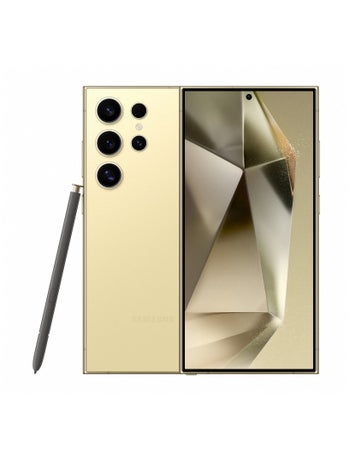
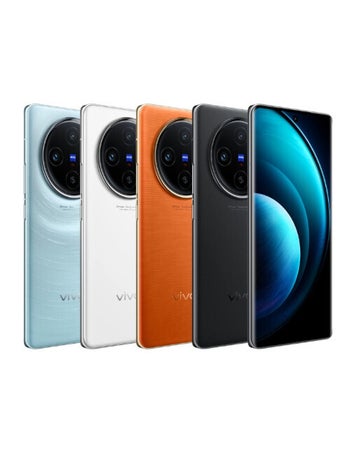
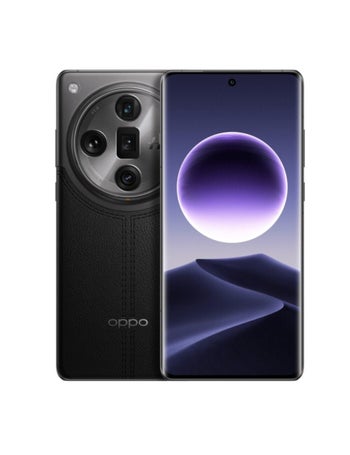



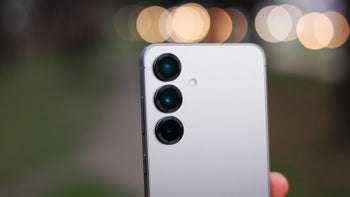
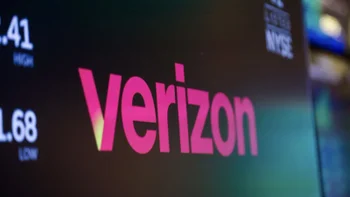
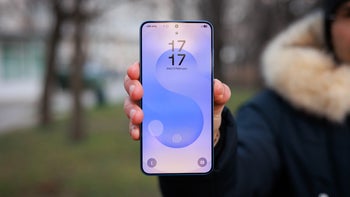
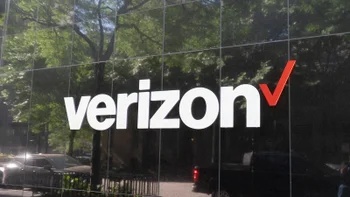

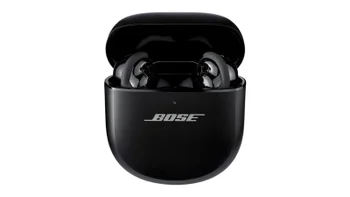

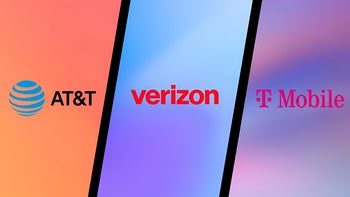
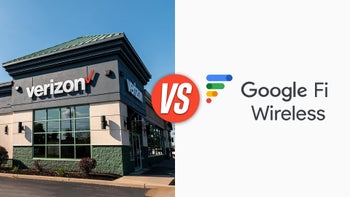
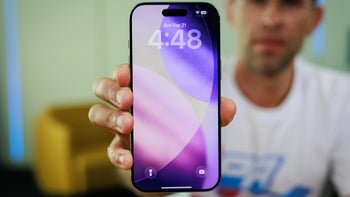
Things that are NOT allowed:
To help keep our community safe and free from spam, we apply temporary limits to newly created accounts: